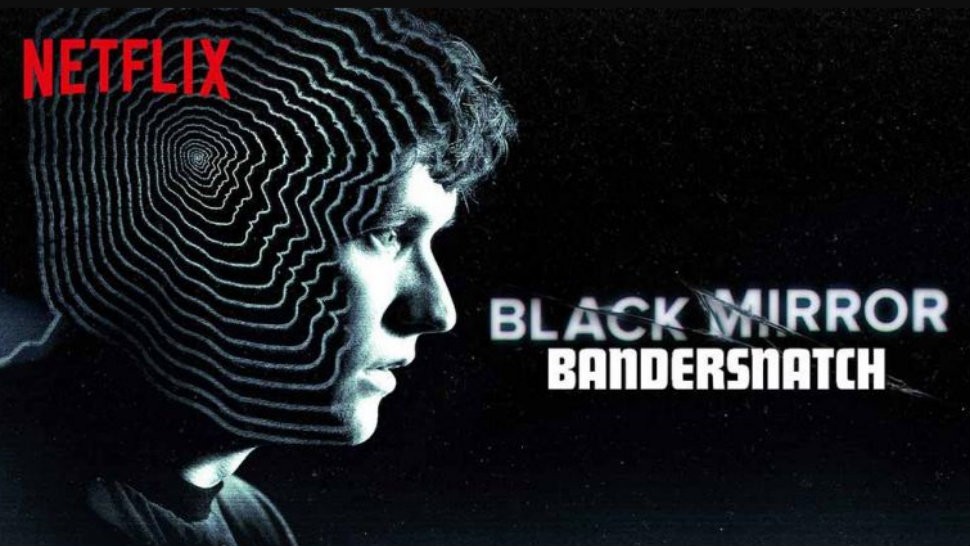Bandersnatch: You Can Choose Your Ending, but Proceed with Caution
When I was a kid, I used to love the “Choose Your Own Adventure” books. It always seemed like endless enjoyment going back and forth between the alternate endings and seeing what changed for the character as a result.
 Enter Netflix’s newest episode of “Black Mirror: Bandersnatch.” This show is a first-of-its kind TV episode that lets you choose the plot and what the main character, Stefan Butler (played by Fionn Whitehead), should do next—from what breakfast cereal he eats, to what music he should listen to, to whether he or his co-worker, Colin, should take their own lives. As the viewer, you can spend hours trying to get to alternate endings, all the while feeling that you, like Stefan, have no free will and no choice. This is particularly noticeable when the show tells you that you made the wrong choice or that you should replay a certain choice, apparently suggesting you choose differently.
Enter Netflix’s newest episode of “Black Mirror: Bandersnatch.” This show is a first-of-its kind TV episode that lets you choose the plot and what the main character, Stefan Butler (played by Fionn Whitehead), should do next—from what breakfast cereal he eats, to what music he should listen to, to whether he or his co-worker, Colin, should take their own lives. As the viewer, you can spend hours trying to get to alternate endings, all the while feeling that you, like Stefan, have no free will and no choice. This is particularly noticeable when the show tells you that you made the wrong choice or that you should replay a certain choice, apparently suggesting you choose differently.
The episode centers on Stefan writing a video game based on a “Choose Your Own Adventure” book, “Bandersnatch.” As he writes, he falls deeper and deeper into a delusional state, falsely believing that an external force is controlling his thoughts and behavior. At one point, you can even choose “Netflix” as that controlling force. As a psychiatrist, I was troubled by the fact that mental health treatment, though featured in the episode, was viewed as a barrier to creativity. One of the first choices you have as a viewer is whether Stefan should take the medication prescribed by his psychiatrist or flush it down the toilet.
If he takes it, his video game fails. If he flushes it, the story continues. His video game has a few alternative outcomes and he falls deeper and deeper into his delusion. There is no option for success with medication. Unfortunately, to a viewer at home this suggests that medication will change you and take away your talent/art/creativity and should be avoided.
Another choice the viewer can make relates to suicide. You are asked whether Stefan or Colin should die by suicide; there is no option for “neither.” Not only does this make you feel responsible for the death of another, you are also left to either watch Colin jump off a roof and die or watch Stefan jumping off the roof, viewed from Stefan’s perspective. This scene feels like you, the viewer, are dying by suicide.
These scenes can be triggering for some, particularly given both suicides are shown on screen. Netflix added a trigger warning before the episode, but only after fans took to social media to express their own trigger warnings and concerns. Netflix had a previous experience with suicide portrayals in media with the original release of “13 Reasons Why.” (See more about this in APA blogs on “13 Reasons Why,” Season 1 and Season 2.) The concern is scenes like those in Bandersnatch might lead to copycat suicides or lead some who may be struggling to think there is no other choice but death.
It is true there might not be a perfect path to recovery and everyone’s journey is unique. However, even if the Bandersnatch episode neglects to showcase it, treatment is always an option. If you are struggling, I urge you to “choose” it.
